At the William Blake Archive, we rely heavily on precedent when making important editorial decisions. In other words, when unsure what to do about a certain metadata field or how to deal with something unusual in the textual transcription for a given work, we check to see what we did in similar situations in previously published works.
For example, when working on Blake’s letters, I needed a review on how to handle the textual transcription for lines with lots of cross-outs and overwrites.
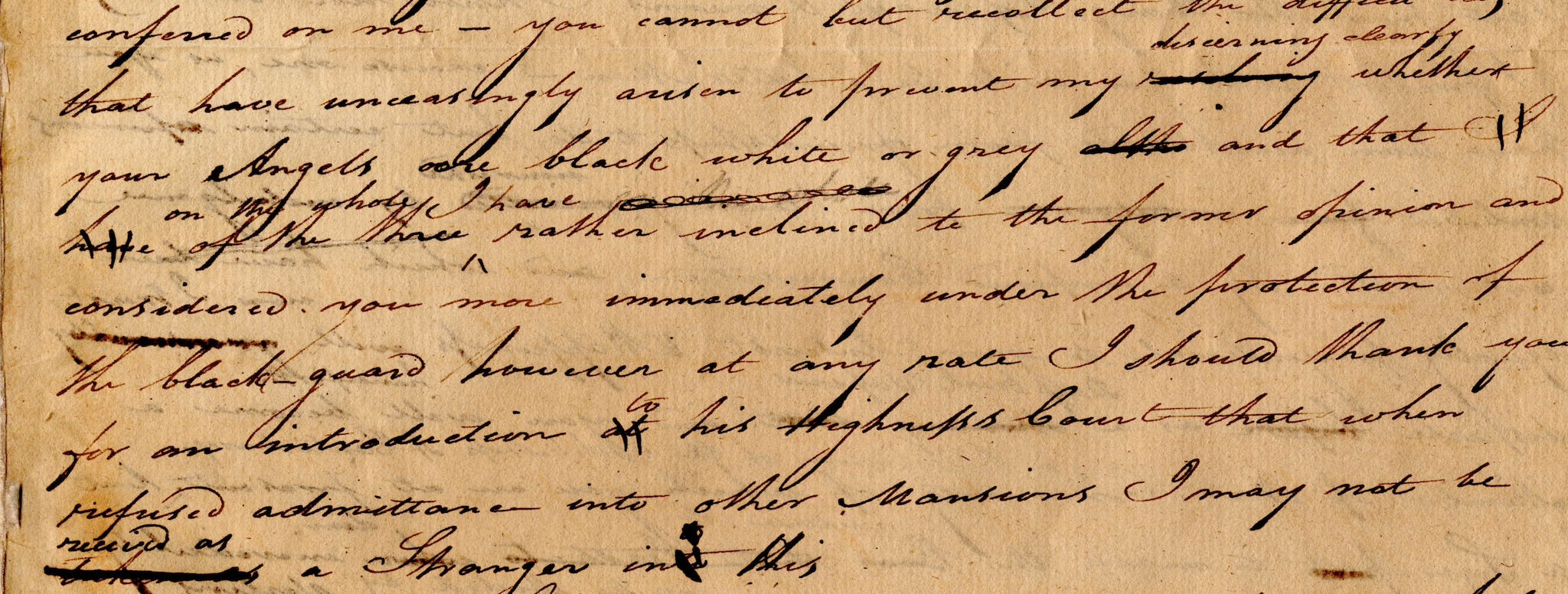
So I spent some time looking through the XML from our recently published work, Tiriel, which contained a lot of those kinds of situations (I also blogged about my findings).
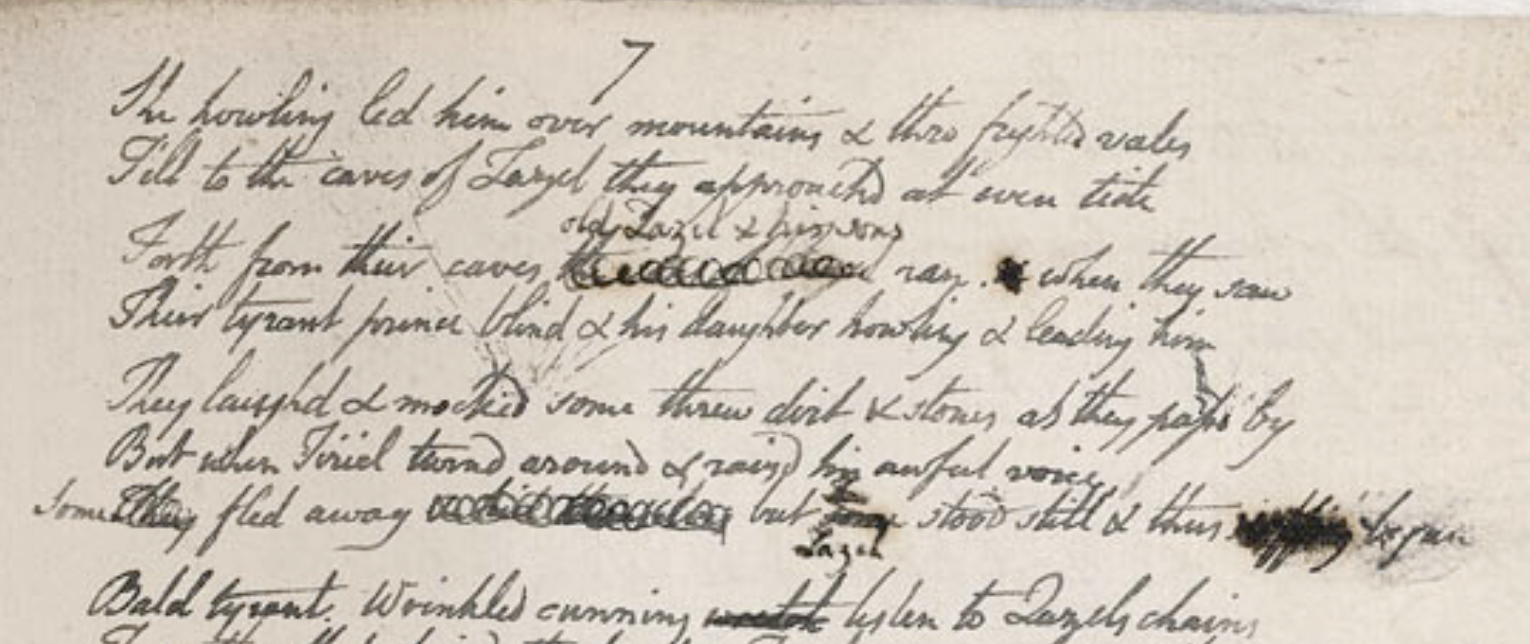
Sometimes the search for precedents leads to less than conclusive results. This is what happened when we were proofing Blake’s receipts.
As part of the work information for almost every work in the Blake Archive, we have a field called “binding.” This field contains the type of binding a work has and occasionally some other information such as the date on which it was bound or the name of the person who bound it.
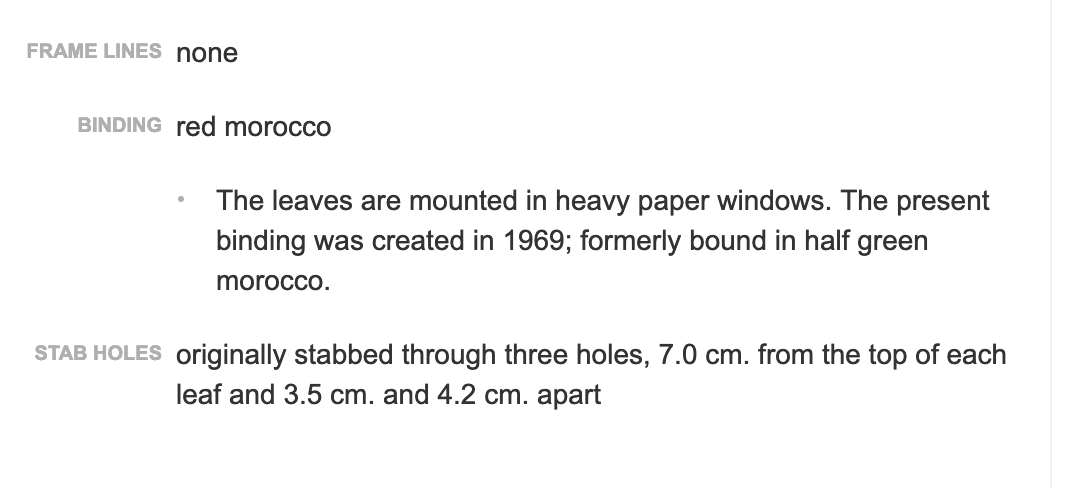

For example, the binding field for The Book of Thel Copy B reads “bound in 1904 by Douglas Cockerell in green morocco.” The the same field for The Book of Ahania reads “unbound in half blue morocco case.” Jerusalem Copy F reads “red morocco by Francis Bedford.”
But this time the question was, what do we do for a work that has no binding? As one might expect, letters seldom have anything that would constitute binding (most of the ones that do are typographic).
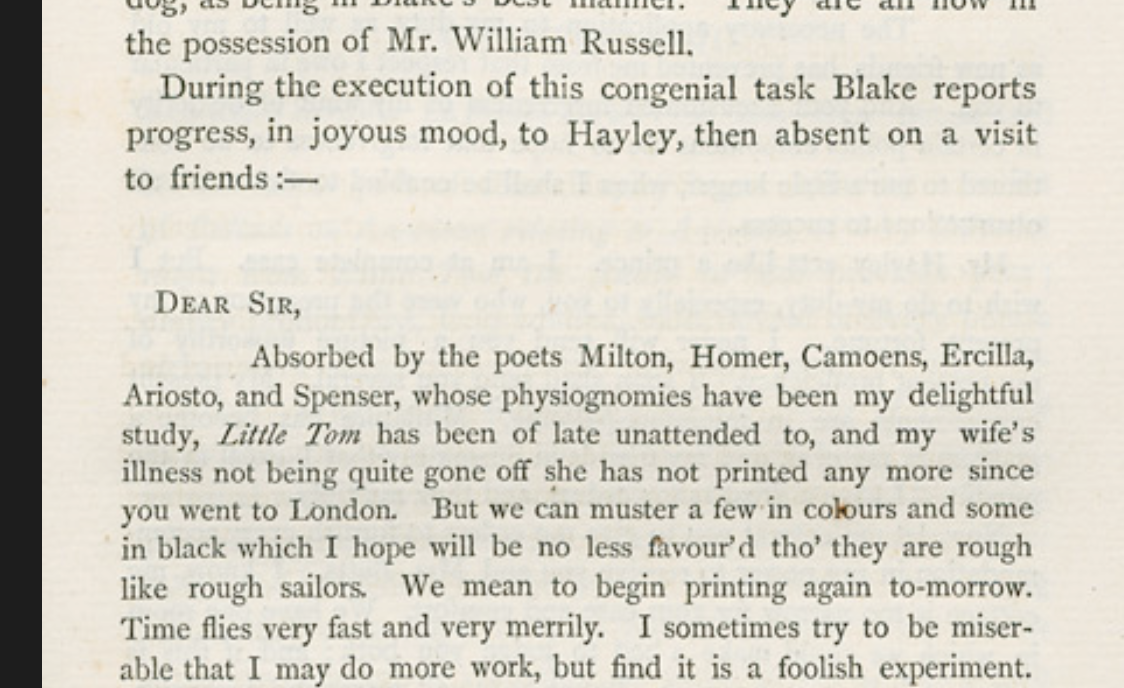
When we checked the published letters in an effort to discern what the precedent was for this field we found that some of them had “none” for the binding field while others had “loose.” It was difficult to tell whether or not there was a deliberate distinction of some kind intended by the use of multiple terms.
This situation warranted taking a deeper look into how the Archive handles the binding metadata field for works that lack binding. Since we had decided we were going to go with “none” for this batch of letters, and long-term we will probably change “loose” to “none” if there is an inconsistency, my primary task was to compile a list of all the published works in the Archive that had “loose” for their binding field.
What I discovered is that there were actually more than just two ways of indicating a lack of binding. Five actually:
- “disbound”
- “not bound”
- “none”
- “loose”
- Binding field absent altogether
Of the five options, “disbound” is the only one that clearly indicates something the other options don’t, however, I noticed several of the works with “loose” binding have notes indicating that they were at one point bound, so if we had been using the term consistently it would appear more often.
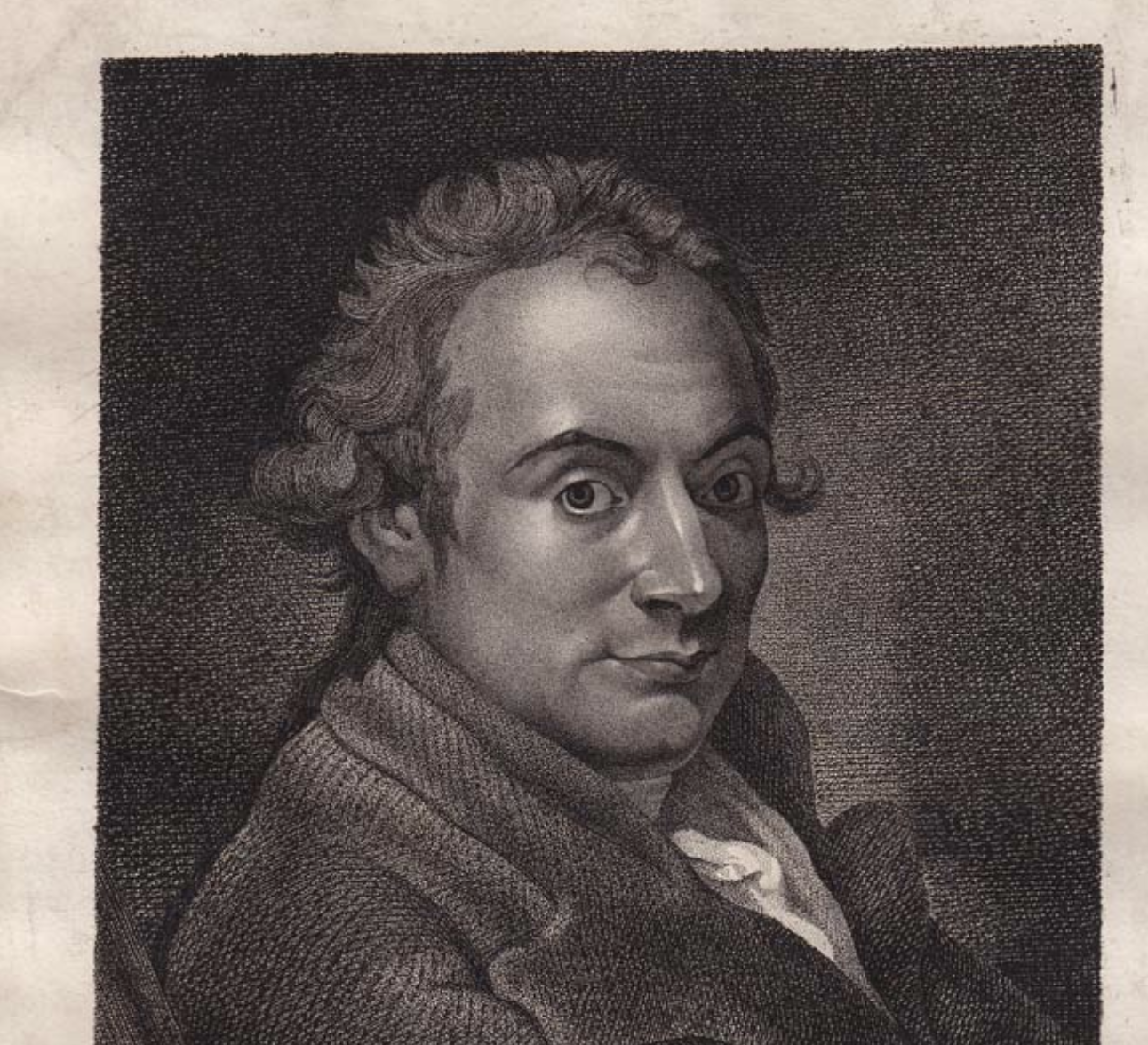
As to the works which lack a binding field, all of them except for the Portrait of George Romney fall under the Archive’s “Drawings and Paintings” category (Portrait of George Romney is under “Separate Prints and Prints in a Series”). But I can see why other types of works do have this field even if certain individual works within that category lack binding.
This binding field issue will likely be a topic at Blake Camp this year. The longevity that the Blake Archive has achieved is one of the most impressive things about it. Inevitably the large number of people who have worked on various projects over the years can sometimes make consistency challenging, as disciplined as we try to be about following precedent.

That would certainly be a good way to make the distinction between the two!
How about “unbound” for that which was never bound, and “disbound” for that which was formerly bound? It isn’t utterly unambiguous, but it’s consistent with “uncut” and “unopened.”